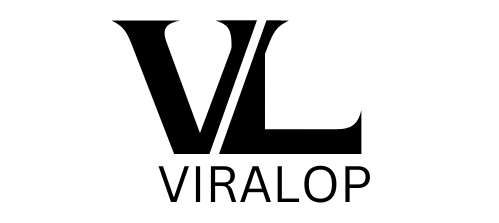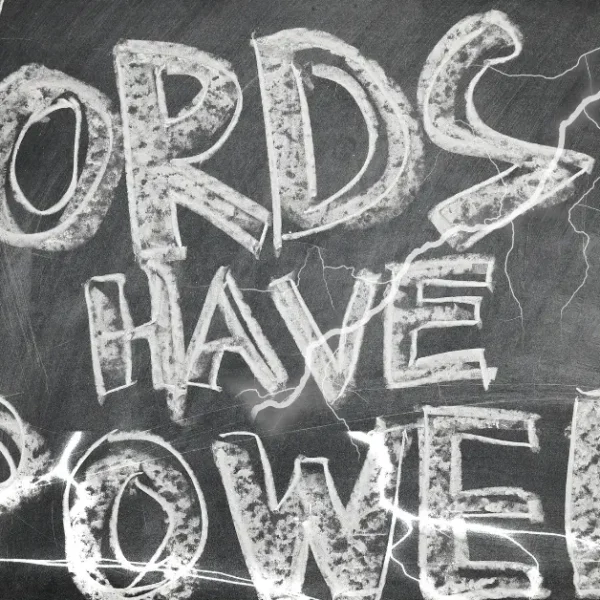If you’re building a product — especially in tech, SaaS, or mobile apps — you’ve probably heard the phrase:
“Retention is King.”
It’s not just a catchy line — it’s a growth truth bomb popularized by growth guru Andrew Chen (now at a16z, previously Head of Growth at Uber). Retention is the foundation of all sustainable growth. And ironically, it’s also the part many startups overlook when chasing “viral loops.”
So, let’s break it down in plain English — what retention really means, why it’s crucial, and how it fuels viral growth when done right.
🧠 What Is Retention (Really)?
Retention is simple on the surface:
It’s how many users come back and keep using your product after they sign up.
But it’s not just about usage — it’s about habit formation, value delivery, and product stickiness.
Think of it like this:
- Acquisition is getting users in the door.
- Retention is making sure they don’t walk right back out.
Retention metrics include:
- Day 1, Day 7, Day 30 Retention (commonly used in apps)
- Monthly Active Users (MAU) vs. New Users
- Churn Rate (especially in SaaS)
- Cohort Analysis (how specific user groups behave over time)
🧩 Why Retention Matters (According to Andrew Chen)
Andrew Chen explains it best:
“If your product doesn’t retain users, nothing else matters.”
Here’s why retention is a growth engine:
1. Strong Retention = Better Word of Mouth
People don’t share products they try once and forget. But if your product becomes part of their routine, they’ll naturally tell friends or colleagues.
2. Retention Fuels Virality
The more often users come back, the more chances they have to:
- Invite others
- Share content
- Engage in viral loops (think Dropbox’s referral program or Notion templates)
3. Better Retention = Lower CAC
When people stick around, you spend less to acquire new ones. Plus, it increases LTV (lifetime value), which gives you room to reinvest in growth.
📈 Retention Fuels Viral Growth: The Loop
Let’s visualize a simple viral loop:
- User A signs up
- They love the product → they stay
- While using it, they invite User B
- User B signs up → also sticks around
- They invite User C…
- The cycle repeats 🔁
If you don’t retain User A, the loop dies instantly. No matter how good your referral button is, churn kills virality.
🔧 How to Improve Retention (and Spark Viral Loops)
1. Nail the First Experience (Aha Moment)
Retention starts with a great onboarding flow. Your job? Get users to the “Aha!” moment as fast as possible.
Examples:
- Canva: Create your first design in under 60 seconds.
- Slack: Join a team and send your first message in < 2 minutes.
- Zoom: Schedule or join a call in a click.
👉 Use product tours, tooltips, in-app messages, or even concierge onboarding if needed.
2. Build Habit Loops
Borrow from behavioral psychology. Hooked users tend to follow a loop:
Trigger → Action → Reward → Investment
Example:
- Notification (trigger) → user clicks → sees new content (reward) → follows more people (investment)
Tools that help:
- Push notifications
- Weekly digests
- In-app progress markers
- Email nudges
3. Introduce Social Mechanics
Social features boost both retention and virality. Add:
- Leaderboards
- Comments
- Mentions
- Shared workspaces
- Invite-only features
🧠 Psychological drivers like FOMO and social proof keep people engaged.
4. Use Referral Programs Wisely
Don’t build a referral engine until you have retention. Once people love your product, incentivize them to spread it.
Examples:
- Dropbox: “Get 500MB extra for every friend you invite”
- Robinhood: “Invite a friend, get a free stock”
- Notion: “Earn credits when others sign up using your link”
Your referral strategy should align with product usage and core value.
5. Use Retention Analytics to Get Smart
Tools to track:
- Mixpanel
- Amplitude
- Heap
- HubSpot CRM (for behavior tracking)
- Google Analytics 4 (event-based retention cohorts)
Track key cohorts:
- Who signs up and stays?
- What actions correlate with long-term usage?
- Where is the drop-off?
🎯 Focus on improving the activation rate and repeat usage per cohort.
🚨 Common Mistakes That Kill Retention
- Complicated onboarding
- Too many features, not enough clarity
- Zero feedback or check-ins
- Lack of user education
- No community or support layer
Remember: Retention is emotional. If users don’t feel seen, supported, or successful — they’ll bounce.
🧠 What Andrew Chen Teaches Us About Growth
Andrew’s growth frameworks always come back to this:
“Growth is not a department. It’s a product problem.”
No amount of ads or hacks can save a leaky bucket. Retention must be built into your product DNA, not layered on top later.
🧭 TL;DR — Retention for Viral Growth, Simplified
| Principle | Why It Matters |
|---|---|
| Retention > Acquisition | Keeps users around long enough to grow |
| Viral loops start with happy users | No one shares what they don’t love |
| Measure cohorts + behavior | Get clarity on what works |
| Optimize onboarding | Speed to value is key |
| Layer referrals on top | Only works when users stick first |
🎤 Final Thought
Want your product to spread like wildfire? Start by making it worth coming back to.
That’s the heart of retention. And as Andrew Chen reminds us — it’s the secret sauce behind every true viral success.





